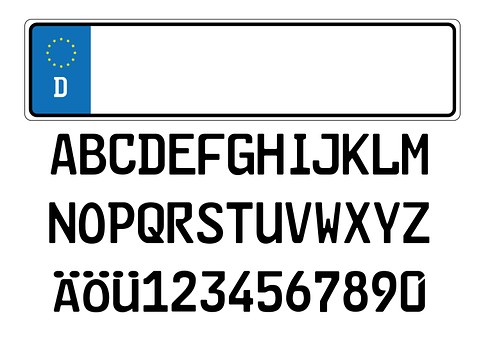 One of these days, I want to take time to have students explore the topic of numbers. Where did they come from? How did we get the current ones when previous ones were based on pictures or combinations of lines? How did it end up as base ten when the Babylonians used base 20?
One of these days, I want to take time to have students explore the topic of numbers. Where did they come from? How did we get the current ones when previous ones were based on pictures or combinations of lines? How did it end up as base ten when the Babylonians used base 20?The numbers we use today are referred to as Hindu - Arabic numbers by the Italian Mathematician Leonardo Pisano also known as Fibonacci.
He studied in North Africa, where he learned about these numbers and brought them back with him to Italy. The beauty of the system is that it uses just 10 digits in combination to create the numbers from 0 to infinity.
Historically, Archeologists believe the first evidence of counting is shown on the Ishango Bone found in the Congo. This bone has lines done in such a precise manor, they conclude this is possibly the first evidence of tally marks used to keep track of something.
However, numbers and counting did not come into being until the rise of cities when a method was needed to keep track of commerce. Sumeria is attributed to have the first system of counting with tokens. People were given a token to represent items such as pigs. If a farmer had 5 pigs, he received 5 tokens but if he slaughtered one pig, he removed a token so he had 4 tokens to show ownership of 4 pigs.
Originally, they kept the tokens in a bag which was marked also but someone got the idea that as long as the bags were marked, you didn't need the tokens inside. Thus a transition was made to using clay tablets to keep records and people were hired to mark the tablets so no one could give himself more than he had.
Later on, the Egyptians added using the number one to indicate measurement in addition to counting when they created the cubit. The cubit was their standard measurement like most countries use the meter as their base. They also created a symbol for each number.
The Greeks added the concept of odd and even numbers to the number system. Greece is noted for several mathematicians such as Euclid, Pythagoras, or Archimedes, who contributed significantly to the development of mathematics and whose ideas are still used.
The Romans took control of Greece. With them they brought their system of numerals which could only be used for addition and subtraction. Even them, the problems had to be worked on a board which is the predecessor to the abacus.
Then in about 500 AD someone in India came up with the concept of zero. The mathematicians in India also developed the idea of 10 digits so they could express extremely large numbers easily. Their system is referred to as Arabic numbers.
About 250 years later, Persians invented fractions so items less than a whole could be expressed. About the same time, the concept of zero arrived which allowed Muslims to advance mathematically. By 1200 AD, the numbers arrived in North Africa where Fibonacci studied. Eventually, he brought the system back to Europe but it took a while to replace Roman numerals.
Once the Catholic reformation occurred, merchants were quick to adopt the new system because they were now allowed to charge interest where before they could not because it was classified as a sin. The new system allowed them to calculate interest out to the 12th place.
Tomorrow, I'll discuss things that can be done with this information but in the meantime, I hope you enjoyed this brief history of the number system.
No comments:
Post a Comment